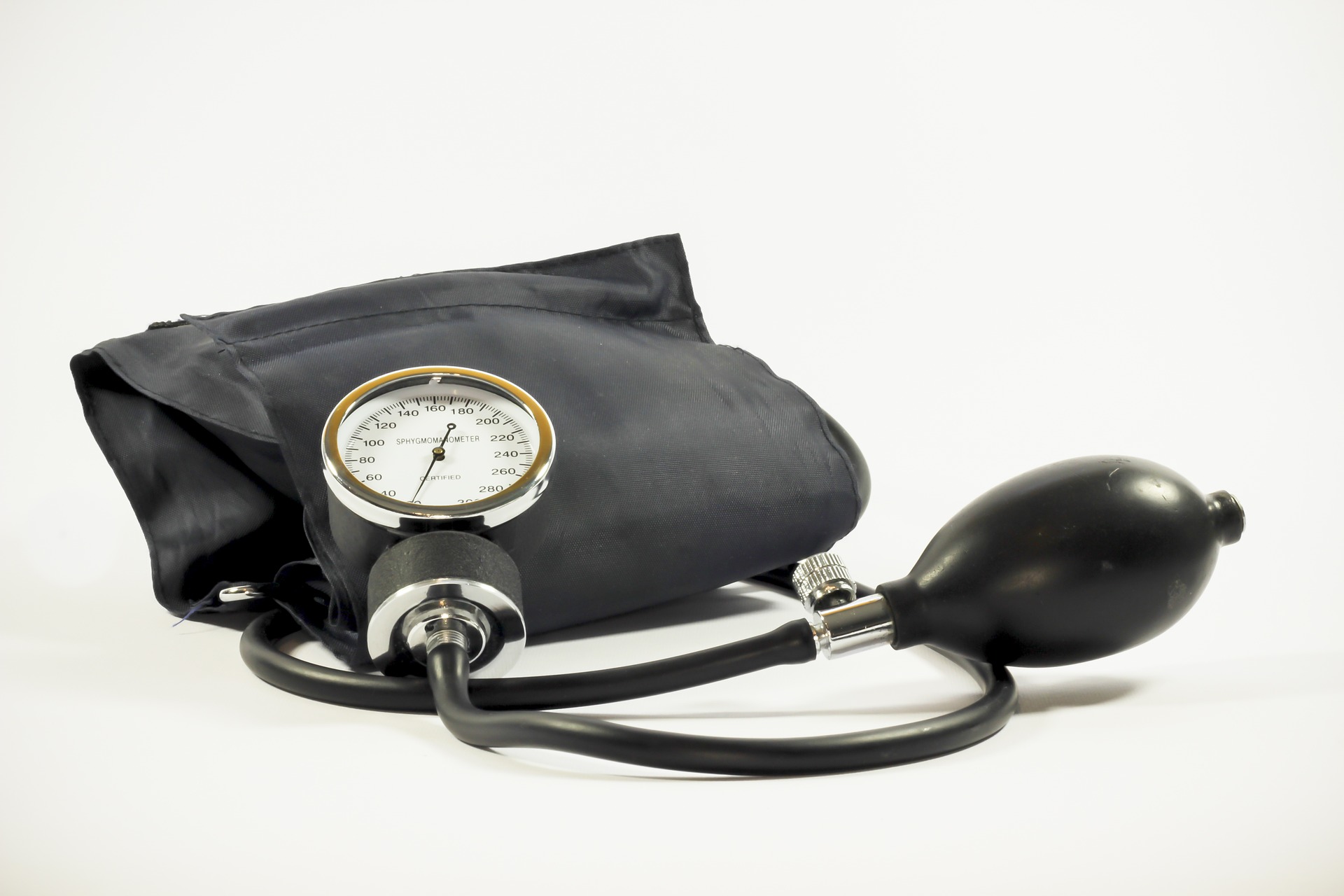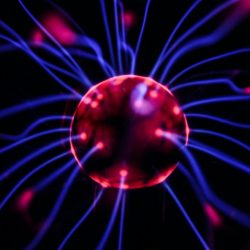Cardiovascular disorders and arterial hypertension
The pressure is increased, acute or chronic tension in general (or at rest). When we talk about hypertension, it is almost always hypertension or arterial hypertension which is one of the factors that can lead to atherosclerosis. We speak of labile hypertension when the variations are slight but frequent. Blood pressure normally rises during physical exertion, stress, the absorption of certain drugs, among others, but doctors agree to speak of hypertension when the values regularly exceed 140 mm of mercury (or 14 cm) at systole (when the heart contracts) and 8.5 cm of mercury at diastole, during the filling phase (rest) of the heart.
These values should be corrected for the elderly, in whom blood pressure increases physiologically, as well as for children who have normally lower values.
In most cases, doctors cannot find a clear or obvious cause for hypertension. We then speak of essential hypertension which can result from a functional vasoconstriction (reduction in the diameter of the blood vessels). This pathology acts on the blood flow in the kidneys which then secrete more renin . This combines with angiotensinogen (or hypertensinogen) made by the liver to form angiotensin (or hypertensin ). This is called the renin-angiotensin system .
What are the causes of high blood pressure ?
Today, we are starting to find genetic causes for hypertension.
In about 10% of hypertensive people, the cause is known:
- Nephropathy (kidney disease)
- Coarctation or narrowing of the aorta
- Adrenal gland dysfunction
- etc.
For hypertension of known cause, doctors speak of symptomatic hypertension. In pregnant women, a mild form of hypertension of pregnancy is also known, which resolves spontaneously after childbirth.
The main signs that should make people look for hypertension are cerebral, cardiac, ocular or renal :
- Cerebral:
Headache (headache) at the end of the night and on waking, dizziness and imbalance when standing or walking, excessive fatigue.
- Cardiac:
Increased heartbeat rate (tachycardia), angina (angina pectoris), difficulty breathing.
- Renal:
Abnormally increased frequency of urination – the amount of urine produced is abnormally high or polyuria.
- Eyepieces:
Glare, temporary loss of vision. In many cases, there is no sign of the existence of hypertension that is only detected by chance of a medical consultation.
The different types of hypertension :
- Primary or essential arterial hypertension:
It represents 90% of hypertensive cases, however no cause is known. The hemodynamic and physiological components of hypertension ( plasma volume, activity of the renin-angiotensin system ) vary from case to case, which shows that primary hypertension does not have a single cause. Even though one factor is initially responsible, several factors likely play a role in maintaining high blood pressure (mosaic theory). Heredity certainly predisposes to hypertension, but the exact mechanism of this predisposition is unknown. Environmental factors ( sodium intake, obesity, stress) appear to affect only genetically predisposed patients at an earlier age; however, in patients> 65 years of age, high sodium intake is more likely to trigger hypertension.
- Secondary hypertension:
It follows a renal pathology, adrenal, aortic stenosis, pregnancy, the taking of certain drugs (NSAIDs, estrogen-progestogen, corticosteroids)
When we know that one of the most feared causes of hypertension is stroke or stroke, we better understand the importance of systematic screening for hypertension.
Common causes include :
- Primary hyperaldosteronism
- Diseases of the renal parenchyma ( chronic glomerulonephritis or pyelonephritis, polycystic nephropathies, connective tissue disorders, obstructive uropathies )
- Renovascular disease
- Obstructive sleep apnea
Other much rarer causes are pheochromocytoma, Cushing’s syndrome, congenital adrenal hyperplasia, hyperthyroidism, hypothyroidism (myxedema), primary hyperparathyroidism, acromegaly, coarctation of the aorta, and mineralocorticoid excess syndromes other than primary aldosteronism. Excessive consumption, especially alcohol, and the use of oral contraceptives are common causes of curable hypertension.
What is the link between arterial hypertension and the Adrenergic System (Sympathetic)?
The adrenaline is involved in fear, anxiety and stress. It is secreted in response to a state of stress or for the purpose of physical activity, causing an increased heart rate, an increase in the rate of heart contractions, an increase in blood pressure , dilation of the bronchi as well as pupils. It responds to a need for energy, for example to face danger.
When the secretion of adrenaline is increased considerably, or when there is too much of it in the body (even exogenously), it can cause hypertension.
Sympathetic stimulation increases blood pressure, usually more in patients with high blood pressure and hypertension than in normal tense patients. The existence of resting tachycardia, which may result from sympathetic hyperactivity, is a well-known predictor of hypertension. In some hypertensive patients, the levels of circulating plasma catecholamines at rest are especially higher than normal.
Naturopathic advice to prevent high blood pressure :
Take hygieno-dietetic measures for 6 to 12 months:
- Increased physical activity through a structured exercise program
- Weight loss in case of overweight or obesity
- A healthy diet rich in fruits, vegetables, whole grains and low fat dairy products, with a content of saturated fat and total fat
- Food sodium reduced to < 1500 mg / day ( < 3.75 g NaCl) optimally, but at least a reduction of 1000 mg / day
- Increased intake of dietary potassium, unless contraindicated due to chronic kidney disease or the use of drugs that reduce potassium excretion
- Moderation of alcohol consumption among alcohol consumers to ≤ 2 glasses per day for men and ≤ 1 glass per day for women (one glass is approximately 34 g of beer, 140 g of wine or 43 g of ‘distilled alcohol)
- Smoking cessation
Dietary changes can also help control diabetes, obesity, and dyslipidemia.
Plants and high blood pressure :
Olive leaves are antihypertensive by beta-blocking effect, moderate calcium antagonists and inhibitors of the angiotensin converting enzyme.
This plant is antihypertensive by calcium antagonist effect. It causes arterial relaxation identical to that of amlodipine . It corrects endothelial dysfunction due to hypertension and inhibits potassium-induced aortic contraction.
Angelica has a greater calcium antagonist activity than that of verapamil .
Hawthorn decreases the resistance of peripheral vessels and inhibits the angiotensin converting enzyme.
These two plants are antihypertensive by inhibiting the angiotensin converting enzyme.
- Garlic :
Garlic is a diuretic and an angiotensin-I converting enzyme inhibitor.
- Hibiscus :
Hibiscus is diuretic, natriuretic, potassium sparing by modulating the activity of aldosterone and probably by the release of nitric oxide.
Be careful, however, some plants cause many drug interactions and have several precautions for use. In any case, the advice offered in this article is not likely to substitute on its own for a consultation or a diagnosis made by a doctor or a health professional, the only ones able to adequately assess your state of health during a consultation. individual.







